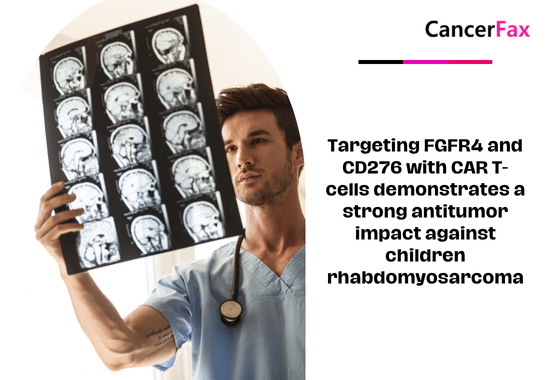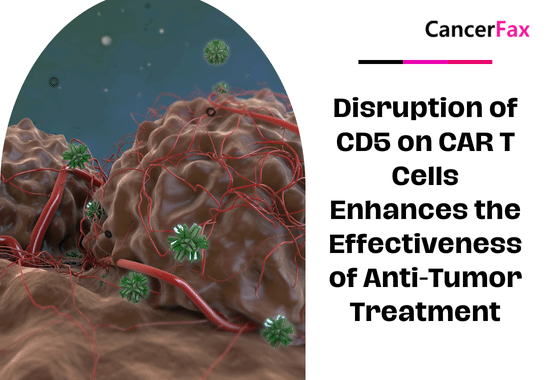What to do about drug resistance of non-small cell lung cancer targeted drugs, you want to know here
Lung cancer is the cancer with the highest morbidity and mortality in China. About 1.6 million people die of this disease each year worldwide, and about 85% of these cases are non-small cell lung cancer (NSCLC). At present, many cancer-targeting drugs have been developed for advanced non-small cell lung cancer in the world. These new therapeutic drugs have increased the median survival time of patients to 35 months, which not only significantly prolonged their life span, but also achieved Personalized treatment. However, most patients will develop secondary drug resistance 8 to 14 months after receiving EGFR-TKI (standard first-line treatment for patients with sensitive mutations in the EGFR gene). How to solve the problem of drug resistance has become a hot research topic. Will continue to answer for everyone.
1. Why is targeted therapy for non-small cell lung cancer resistant?
Targeted drug resistance is usually divided into primary resistance and secondary resistance.
1. Primary drug resistance: refers to the patient’s own EGFR target mutations, but due to the natural presence of KRAS gene mutations, gefitinib and erlotinib hydrochloride tablets and other targeted drugs are not effective , After 3 months of use, drug resistance occurs.
2. Secondary drug resistance: In the course of targeted drug treatment, because the target signal pathway continues to be inhibited by drugs, the tumor produces other gene mutations in order to escape the drug, inhibiting the therapeutic effect of the targeted drug on the EGFR target, thereby Lead to drug resistance. The effective time of medication is usually more than 3 months.
2. Drug resistance mechanism of targeted therapy for non-small cell lung cancer
There are currently three specific mechanisms for non-small cell lung cancer drug resistance. First, drug resistance is generated through genetic mutation. About 40% of the genes in patients with positive genetic tests will generate new genes from the original genes, which will cause insensitivity to the original drugs, resulting in drug resistance. Secondly, the cunning cancer cells will usually “repair the dark path of the plank road” and take a detour. This situation accounts for about 20% of patients with drug resistance. In addition to the above two drug resistance pathways, the drug resistance mechanism of the remaining 30% of patients is not yet clear.
3. How to judge whether patients with non-small cell lung cancer have drug resistance?
1. Usually, when the drug is resistant, the targeted drug cannot control the growth of the tumor, which will cause the tumor to grow or metastasize far away. At this time, the patient will have certain symptoms, such as no cough before, but recently started coughing, or after brain metastasis The patient will have dizziness, headache, vomiting without cause, and patients with bone metastasis will experience pain, nerve compression and other symptoms. At this time, the patient needs to be vigilant.
2. For patients who may develop drug resistance, the best way is to go to the hospital for regular review. Determine whether the targeted drug is resistant by tumor markers and imaging examination.
4. After the patient develops drug resistance, the doctor usually recommends a second biopsy, what does it mean
Generally speaking, all patients with lung cancer who take EGFR-TRI drugs and have disease progression should undergo a second biopsy.
1. Clear the pathological diagnosis again to determine whether it is a new primary cancer or cancer recurrence.
2. Carry out the second genetic test to determine whether it is drug resistance caused by the mutation of the gene again, and detect whether there is a new targeted treatment plan.
The second biopsy can promptly detect disease progression, reveal drug resistance mechanisms, and formulate appropriate follow-up treatment plans. The second biopsy is mainly divided into tissue biopsy and liquid biopsy. Tissue biopsy is mainly divided into thoracotomy biopsy, bronchoscopy biopsy and percutaneous lung biopsy. For patients who cannot obtain tumor tissue, liquid biopsy based on blood NGS gene sequencing technology can be selected to obtain further treatment opportunities.
5. What should I do if drug resistance appears after the first-generation TKI targeted therapy of non-small cell lung cancer?
The first generation of EGFR-TKI includes gefitinib, erlotinib, and icotinib.
According to the NCCN guidelines, T790M mutation testing is first recommended after the first generation of EGFR-TKI resistance. Different strategies are adopted according to whether the patient has symptoms, whether there is brain metastasis, whether local progression or multiple progression.
1. For patients with positive T790M: the first recommendation is Osimertinib treatment, continue TKI treatment for patients with slow progression, and local treatment for patients with local progression, including radiotherapy for brain metastasis, local radiotherapy for single lesion To take chemotherapy for patients with extensive progress.
2. For T790M-negative patients: chemotherapy may be given, or immunotherapy may be selected based on the PD-L1 expression of the patient.
3. For patients who are asymptomatic after drug resistance: local treatment may be taken or continued for a generation of TKI treatment. For patients with only brain metastases, local treatment may be considered, and continue to use the first generation of EGFR-TKI.
6. How long after taking osimertinib will develop drug resistance?
Osimertinib is the third-generation EGFR-TKI targeted drug with an average drug resistance period of approximately 11 months. However, in clinical applications, many patients also develop resistance mutations after two or three years after taking osimertinib, so The specific situation of oxitinib resistance time varies from person to person.
7. What is the drug resistance mechanism of osimertinib?
The drug resistance mechanism of osimertinib is very complicated, including C797S mutation, MET amplification / RET rearrangement / ROS-1 rearrangement, HER-2 amplification, BRAF mutation, RAS mutation, FGFR1 mutation, conversion to small cell lung cancer, There are no genetic mutations, etc., and the subsequent drug regimens for different drug resistance mechanisms are different.
1. EGFR gene mutations again: EGFR796 and 797 mutations accounted for 24.7%, EGFR 792 mutations accounted for 10.8%, EGFR 718 and 719 mutations accounted for 9.7%-EGFR gene, re-resistant mutations, accounting for 45% of all patients, close to half of the country .
2. Other gene mutations: including PIK3CA, BRAF, MET, RET, KRAS, etc. A variety of common and uncommon lung cancer driver genes are involved and are more scattered.
3. Transformed into small cell lung cancer.
8. What to do after Oxitinib targeted therapy for drug resistance?
For different resistance genes, the initial solution is as follows:
1. For the case of triple mutation (C797S / T790M / 19-del), the effect of selecting bugatinib is better than osimertinib / gefitinib, and the effect is not affected by the spatial location of C797S and T790M. (1) Bugatinib combined with anti-EGFR class (cetuximab / panitumumab) can enhance the therapeutic effect of triple mutations, and the combination of two drugs can play a synergistic effect; (2) Bugatinib combined with Selumetinib (Simetinib) may be able to overcome the resistance of osimertinib caused by the C797S mutation.
2. For the trans-arrangement of EGFR C797S, consider first-generation targeted drugs combined with third-generation targeted drugs, such as osimertinib combined with gefitinib / erlotinib. For the cis-alignment, you can
choose Bugatinib + VEGF targeted drugs.
3. If there is only C79CS mutation, you can use a first-generation EGFR inhibitor, such as gefitinib, erlotinib, icotinib.
4. MET amplification suggests that osimertinib combined with MET inhibitors (camatinib, crizotinib, Savolitinib, etc.). BRAF mutations suggest that osimertinib combined with BRAF inhibitors (dalafinib + trametinib). The RET mutation suggested that Osimertinib combined with Kabotinib, and of course better is Osimertinib combined with BLU-667.
It is recommended that after oxetinib resistance, it is best to do a genetic test again, and select the appropriate targeted drug according to the mutation target to better help treatment. It is best to consult a professional physician for the combination therapy of targeted drugs.
9. Side effects of non-small cell lung cancer targeted drugs
The target of molecular targeted drugs is clear, but it does not mean that no clinical adverse reactions will occur. The adverse reactions of targeted drugs such as diarrhea, proteinuria, high blood pressure, acne-like rash and heart disease are well known. Although targeted drugs are lower than traditional cytotoxic drugs, they are still not to be underestimated. Some rare adverse reactions are often difficult to diagnose because of clinical diagnosis, often leading to serious consequences.
For example, erlotinib treatment can cause asymptomatic liver transaminase elevation, and gastrointestinal bleeding is rarely reported, while gefitinib is a small molecule anti-EGFR targeted therapy, although its metabolism is mainly liver Approximately 4% are cleared by the kidneys in the form of prototypes and metabolites, and clinically prone to acute renal failure, which improves after drug withdrawal. In targeted drug therapy, severe and even lethal adverse reactions should be avoided as much as possible. The adverse reactions will affect the patient’s confidence in treatment. Serious adverse reactions can interrupt the treatment process.

